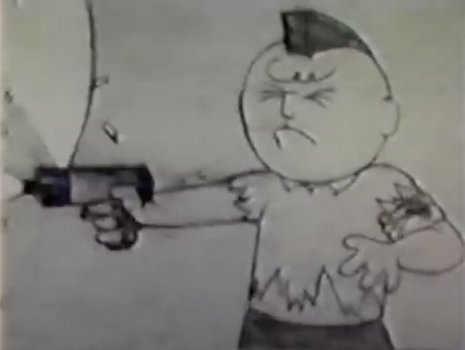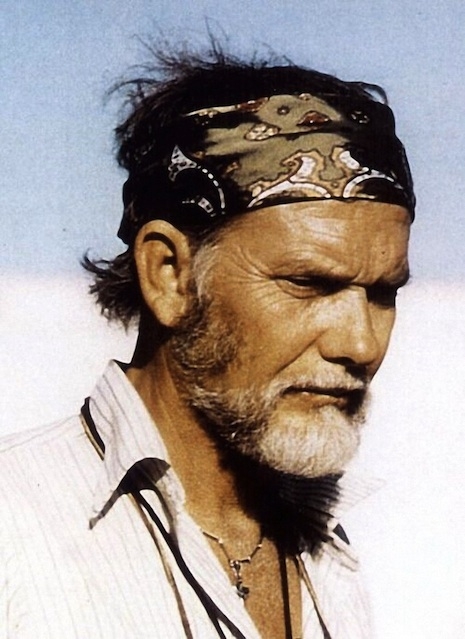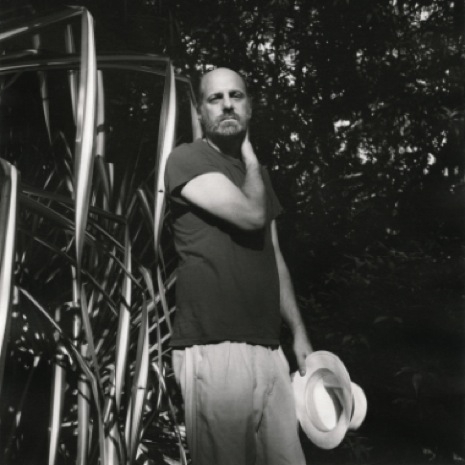
In the mid-1980s, Jim Reardon was at the highly regarded Character Animation program at the California Institute of the Arts, and one of his student projects was a remarkable mashup of the Charlie Brown universe and the Sam Peckinpah universe—all of it undertaken with what must have been a deep affection for both worlds. The four-minute film’s title is “Bring Me the Head of Charlie Brown,” an obvious reference to Peckinpah’s 1974 movie Bring Me the Head of Alfredo Garcia.
The short is presented as the commercial for a “heartwarming holiday special” featuring the Peanuts gang. So the Great Pumpkin places a bounty on Charlie Brown’s head, which causes an immediate death spiral into ultraviolence. All of the familiar characters (Lucy, Schroeder, Linus, etc.) attempt to assassinate Charlie Brown, until finally the hero is forced to take matters into his own hands, grabbing a machine gun and mowing them all down.
The second half of the short is truly a bloodbath, and definitely Reardon has Peckinpah’s masterpiece The Wild Bunch on the brain most of all. Peckinpah was known not just for violence but most of all for lush slow-motion sequences focusing on the carnage, and “Bring Me the Head of Charlie Brown” certainly has several of those. The moment when Lucy nips Charlie Brown in the shoulder is a direct callback to a sequence from The Wild Bunch involving William Holden’s character Pike Bishop.
Reardon’s short, which is in black-and-white, is a little crude by professional standards, but for a student project it’s incredibly effective and engaging. “Bring Me the Head of Charlie Brown” is dense, somewhat akin to MAD Magazine, with references covering everything from Popeye and Travis Bickle to Arnold Schwarzenegger and Godzilla. The closing zinger, spoken in Arnie’s trademark accent, is “Happiness is a warm uzi,” a remarkably canny mix of the strip’s treacly motto “Happiness is a warm puppy” and John Lennon’s memorable ditty “Happiness Is a Warm Gun.”
“Bring Me the Head of Charlie Brown” also owes a debt to the old Warner Bros. cartoons, particularly in the bomb Lucy creates to dispose of her football-kicking buddy.
Based on the strength of this short—one imagines—Reardon was quickly hired by John Kricfalusi (later of Ren and Stimpy fame) as a writer on Mighty Mouse: The New Adventures. Later on he would be a supervising director for seasons 9 through 15 of The Simpsons and co-wrote the script for WALL-E.
Watch it after the jump…








